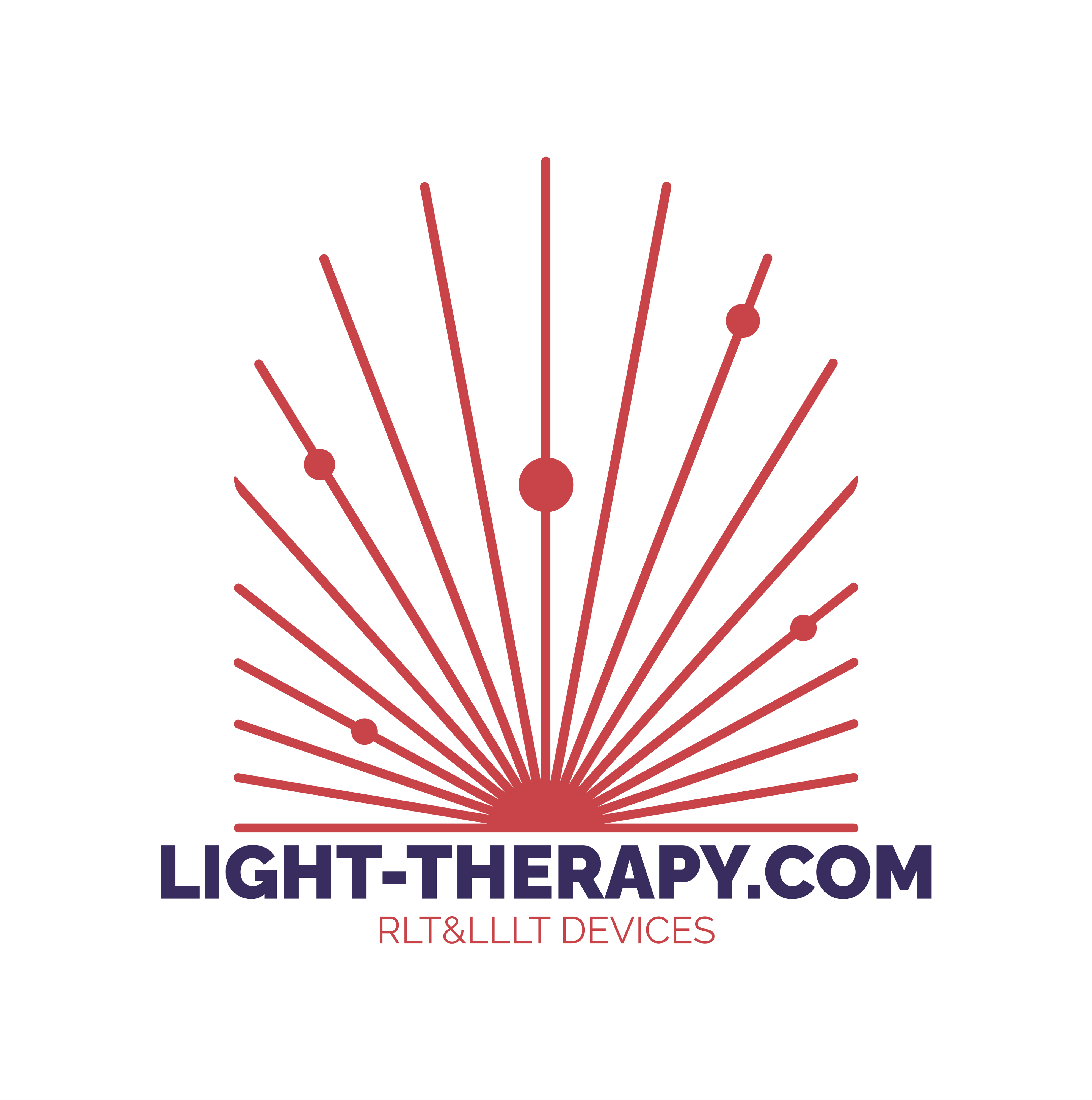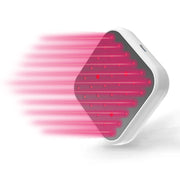If you have ever experienced depressive symptoms post-baby, you may have postpartum depression. It tends to be disregarded and can be characterized as just the typical baby blues. Postpartum depression is very real and can be a normal part of becoming a mother, however, the enormity of being a mother has a profound and inevitable vulnerability to it. Ultimately postpartum depression can be debilitating to some and may very well get in the way of daily tasks and the ability to function. Postpartum depression looks very different from one person to the next, and with the following information, I hope to provide assistance to guide you in navigating this time.
Truths About Postpartum Depression and What can be done
To begin with, let’s take a look at postpartum depression (PPD). According to scholarly articles published from the archives of Ann Gen Psychiatry, “postpartum depression is a mood disorder that affects approximately 10-15% of adult mothers yearly.” Statistically speaking, it’s been shown that certain factors may impact whether women will develop PPD; such as socioeconomic factors, birth trauma/complications, history of mental illness, or a combination of the social determinants of health such as lack of social support. Nevertheless, studies to improve this psychological disorder are ongoing and promising. Red light therapy for one, has been extensively research and lauded for its effectiveness at treating a variety of ailments including mental health disorders.
According to the American Psychiatric Association, postpartum depression, also known as peripartum depression, “refers to depression occurring during pregnancy or after childbirth. The use of the term peripartum recognizes that depression associated with having a baby often begins during pregnancy.” This type of depression is a treatable medical disorder and involves feelings of acute sadness, anxiety, as well as changes in sleep and energy levels.
Although it’s very normal to feel mood swings that can last from a few hours to approximately one or two weeks after giving birth, PPD takes on a more extreme feeling of sadness and despair and these symptoms can become chronic. Ultimately taking away your ability to enjoy the joys of becoming a mother. Women who have been diagnosed with PPD have a host of symptoms. According to the American psychiatric association, symptoms include:
- Feeling sad or having a depressed mood
- Loss of interest or pleasure in activities once enjoyed
- Changes in appetite
- Trouble sleeping or sleeping too much
- Loss of energy or increased fatigue
- Feeling worthless or guilty
- Difficulty thinking, concentrating, or making decisions
- Thoughts of death or suicide
- Crying for “no reason”
- Lack of interest in the baby, not feeling bonded to the baby, or feeling very anxious about/around the baby
- Feelings of being a bad mother
- Fear of harming the baby or oneself
Geared to specifically assist you during this stage of motherhood, the above symptoms listed will most definitely not be the same for every woman. You may be someone that has dealt with this type of depression before or this may be brand new to you. No matter what your circumstance, be very mindful of your current thoughts and feelings and continue this journey with your doctor. Just like any other medical intervention or therapy, a lot of trial and error is necessary to find one that works specifically for you and your wellness goals. This can include cognitive-behavioural therapy or counselling for instance. With that said, Red Light Therapy can be an effective way to support a current treatment plan.
Postpartum Depression and Red-Light Therapy: Current Research:
A 2007 randomized controlled trial, explored light therapy for women who refuse pharmacological treatment for postpartum depression. “Fifteen outpatient women with postpartum depression were randomly assigned to bright light (10,000 lux, n = 10) or dim red light (600 lux, n = 5) and completed a 6-week trial and weekly assessments using self-report depression scales and clinician ratings of symptom course. Both groups showed significant improvement over time on all measures,” (Corral M, Wardrop AA, Zhang H, Grewal AK, Patton S. 2007).
A 2016 randomized, double-blind, controlled clinical trial, focused on bright light therapy in pregnant women with major depressive disorder (MDD). Although this is not specific to PPD, this can certainly relate to the peripartum stage of PPD. Early detection and treatment of antepartum depression can be an essential component in understanding the progression of such mental disorders. This may very well be a vital component in evaluating the potential quality of life in postpartum women. With a chance to lessen depressive symptoms in pregnant women, light therapy may “provide a non-pharmacological and more efficacious alternative treatment for psychotherapy and antidepressant medication in treating antepartum depression, without any expected adverse reactions for the unborn child,” (Van der Woude DA, Pijnenborg JM, de Vries J. 2014). A more recent randomized, double-blind controlled trial states more research is needed “to determine whether these responses represent true treatment effects, non-specific treatment responses, placebo effects or a combination thereof,” (Bais B, Kamperman AM, Bijma HH, et al. 2020).
In this 2016 literature review, the link between major depressive disorder (MDD) and biological processes, such as inflammation was explored. Neurogenesis (the formation of new neurons), and oxidative stress were also studied alongside photobiomodulation (PBM) use (also known as red light therapy). This review suggested, “the processes aforementioned are potentially effective targets for PBM to treat depression,” (Cassano P, Petrie SR, Hamblin MR, Henderson TA, Iosifescu DV. 2016). The conclusive evidence is that red light therapy is a promising treatment for depression, however, further studies are needed to establish the effectiveness of this treatment specific to PPD.
As countless photobiomodulation protocols have been researched in those with neuropsychiatric conditions, something to be mindful of in regard to utilizing red light therapy in your wellness routine, is to know that the onset of applying red light is subject to differences based on the individual. There is the suggestion in some studies that an individual’s mood may improve within just a few days of receiving red light therapy, in spite of other studies suggesting that it could take a couple of weeks before significant change is seen. There will never be a clear answer as to what to expect with your postpartum depression journey, nonetheless, the research can provide the concrete groundwork for potential future-proofing your wellness goals as well as exploring potential modalities that may be of use to you or a loved one.
The postpartum period can be fleeting to some and many scholars will define this period differently. With further research on red light therapy and PPD, we have the opportunity to redefine and understand the needs of women in the postpartum period. “To improve outcomes for women, it is critical to recognize that the transition to motherhood after birth encompasses multiple health, developmental, and situational transitions that occur simultaneously and sequentially throughout the recovery year following childbirth.” With the research presented, we can see that there is evidence of women with PPD that experienced the benefits of light therapy as well as the effects of red-light therapy on depression-like disorders such as PPD. The research provides additional support to suggest that red light therapy supports positive moods. This can be further understood through the process of near-infrared light (NIR) penetrating deeper into targeted areas to increase mitochondria health. In this case, readily absorbed red and NIR would be targeted towards the head, where emotional disorders can be influenced. Red and NIR light has a prominent place in mitochondrial health. This is not to say that full-body coverage won’t provide a similar effect, as everything is ultimately connected throughout the human body. Studies have suggested that daily exposure to red and NIR may result in an improvement of everyday functions in an individual’s life. The consensus is that since we know that the brain is dense with mitochondria, red light therapy can play a significant role in achieving an antidepressant benefit.
Mental Exercise Just for You
Here is your opportunity to self-regulate emotional distress while using Woscan Lighting products:
While you take the time to practice self-care (although I know it can be nearly impossible juggling your time with a newborn) here are some thoughts you can reflect on while enjoying the therapeutic effects of red light therapy:
· When feeling overwhelmed: Write down what YOU need to get done and don’t feel discouraged to ask for help. Support and help are vital during this transition. Focus on one task at a time based on priority
· When feeling insecure: Write down what you appreciate about yourself – you’re one superhuman for growing a human!
· When feeling uncertain of what to feel: pause, acknowledge, reflect, and breathe. Breathing will allow any emotion to move through you and not consume you. Write down how you will be kind to yourself and remind yourself of the reasons why you are even trying. Use this as your strength to move forward. Yes, you truly have the means to get started on better health today!
Talking to your doctor about red light therapy could be the first step toward improving, learning how to address, and navigating postpartum depression. With red light therapy, you have an opportunity to regain your focus and energy, improve mood and support emotional distress. You can also check out our blog, specific to depression, and familiarize yourself with further research on why red light therapy may be right for you. Get started on the road to better health with Woscan Lighting today!









